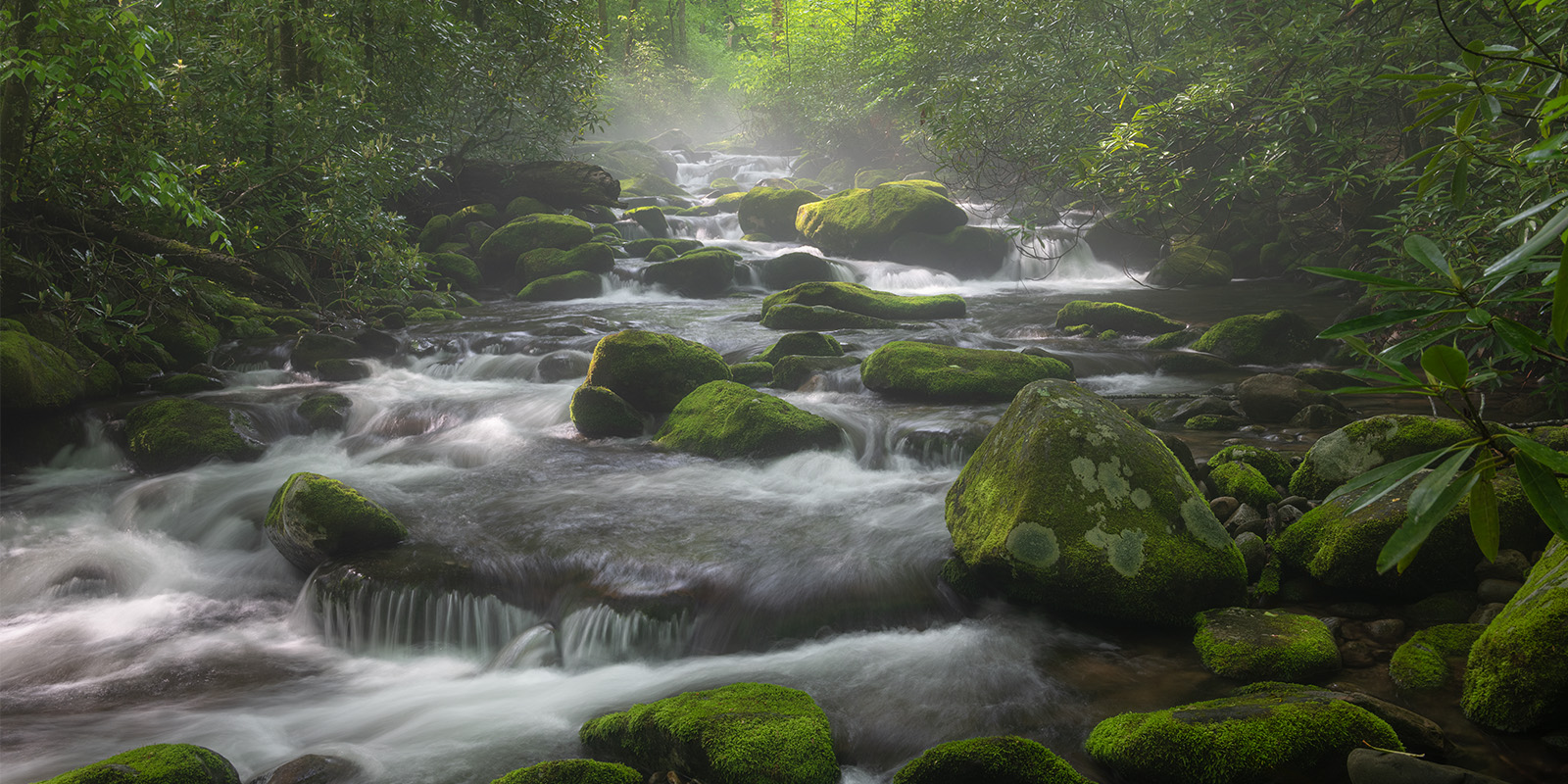
The Great Smoky Mountains
The Great Smoky Mountains are a place of water and growth: beautiful mountain streams of cold, clear water, lush green mosses and thick forests. A warm climate and ample rainfall combine with considerable elevational change to create incredibly rich landscapes. Renowned for it’s biodiversity, the Smokies are the kind of place that reward attention with infinite detail. The cove hardwood forests explode with wildflowers in the spring and the Appalachian Spruce-Fir Forests of the high peaks provide access to mystical cloud forests. The Smokies are not a secret; they are the most visited National Park in America. However, rich reward is just down the trail or along a mountain stream for those who wish to engage and to give of their attention!
What is there to see?
Mountain streams. Much of my photography in the Great Smoky Mountains revolves around mountain streams. Almost everywhere you go within the park, there will be a beautiful stream nearby!
Wildflowers. The cove hardwood forests found in the lower elevations of the Smokies are absolutely stuffed with diverse flora. Elevational change and various differing habitats carry potential to find additional flowering species up into the high peaks.
Views. Newfound Gap Road and The Foothills Parkway provide many opportunities to get high above the landscape and gain expansive views.
When are good times to visit?
Spring (mid-April): Spring is the ultimate season in the Great Smoky Mountains, in my opinion. The differentiating aspect of the Smokies–biodiversity–is on full display as the forest floor and tree canopies come back to life. There is interest, growth, and detail everywhere you look. The dominant color is green. Water levels are healthy.
Autumn (late October): The Smokies’ incredible forests provide opportunity for amazing color change in the autumn season. Water levels are usually slightly lower. Temperatures are still very pleasant. Views and mountain streams remain the dominant landscape opportunities.
What type of camera gear is optimal for this place?
Wide-angle lens. Mountain streams and waterfalls in Southern Appalachia are generally cramped and overgrown. Wide-angle lenses allow advantage to those who get close and personal with these attractions.
Circular polarizer. Cuts the reflection glare off water and shiny vegetation, like Rhododendron leaves.
Tripod. There’s so much water in the Smokies. Creative exposures will require a stable base.
Macro lens. The Smokies have incredible biodiversity. That biodiversity is often small, in the details. Having a capable macro lens will unlock many opportunities within this landscape, especially during the hours of the day where grand landscapes are not optimal.
How difficult is the terrain?
Moderate. There is a ton of access in Great Smoky Mountains National Park. Loop roads and overlooks provide easy access to a number of key attractions. However, the really juicy opportunities exist for those who are willing to engage the landscape: hiking trails and wading streams can yeild much more interesting opportunities.
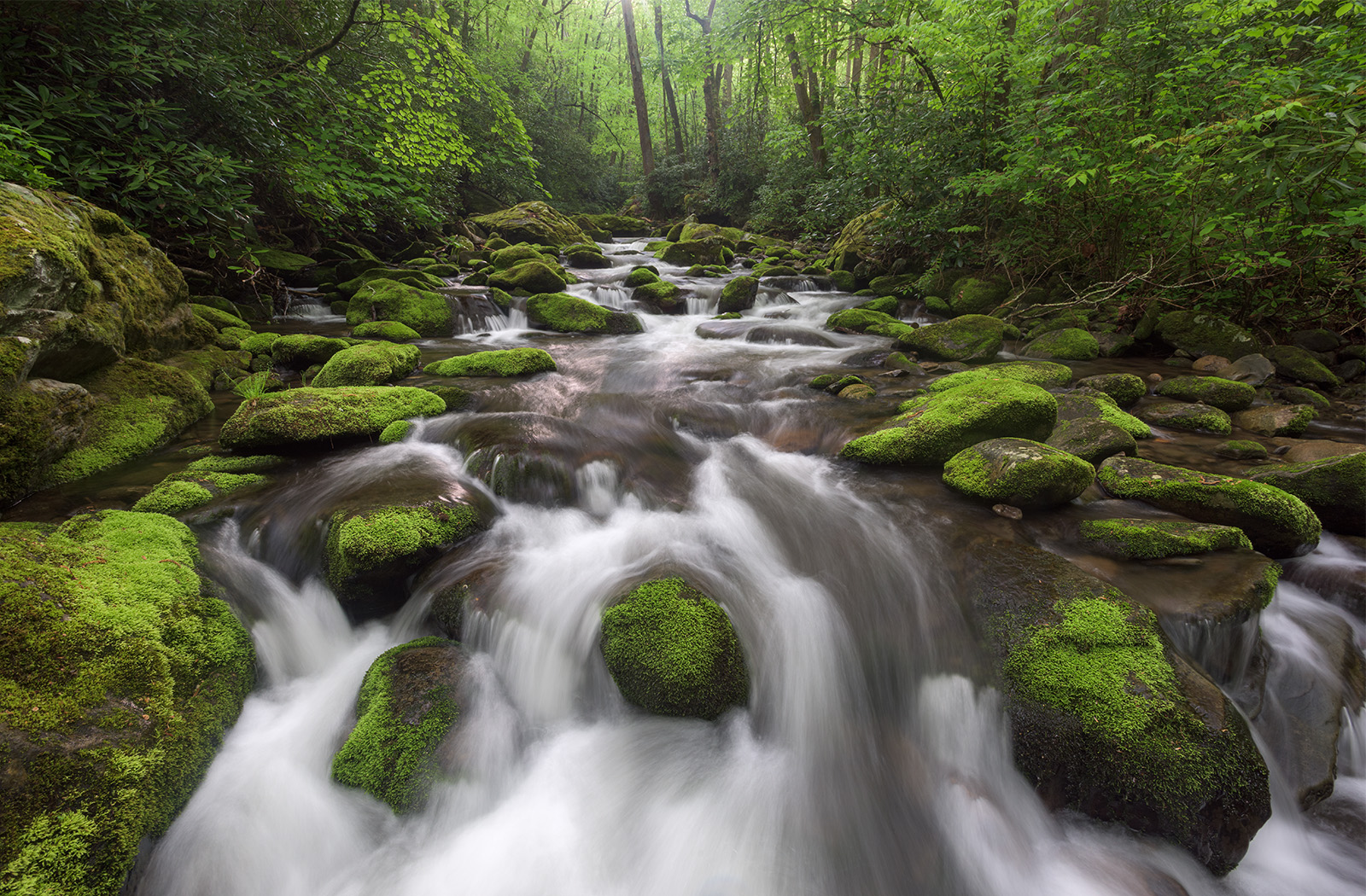

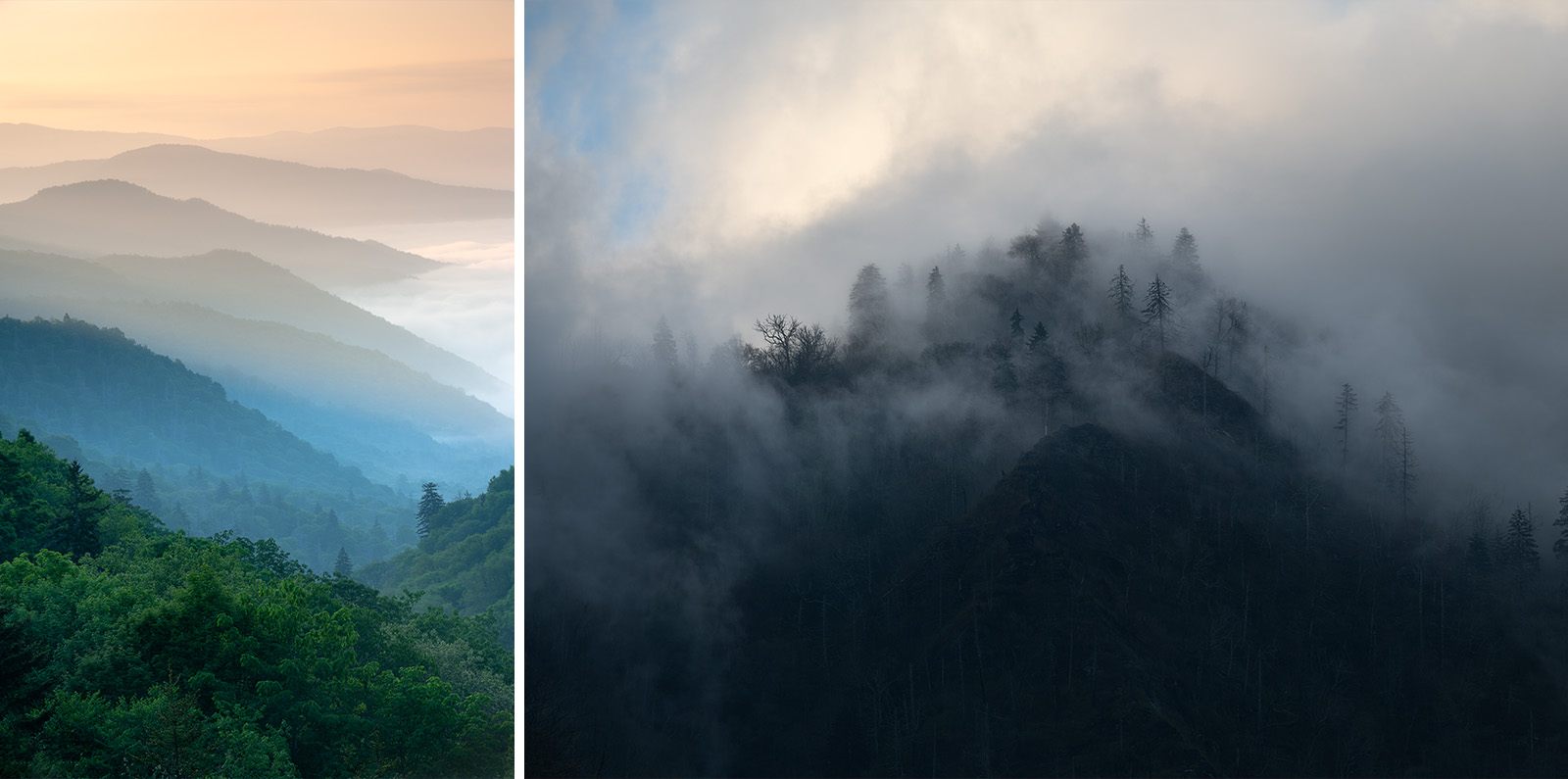
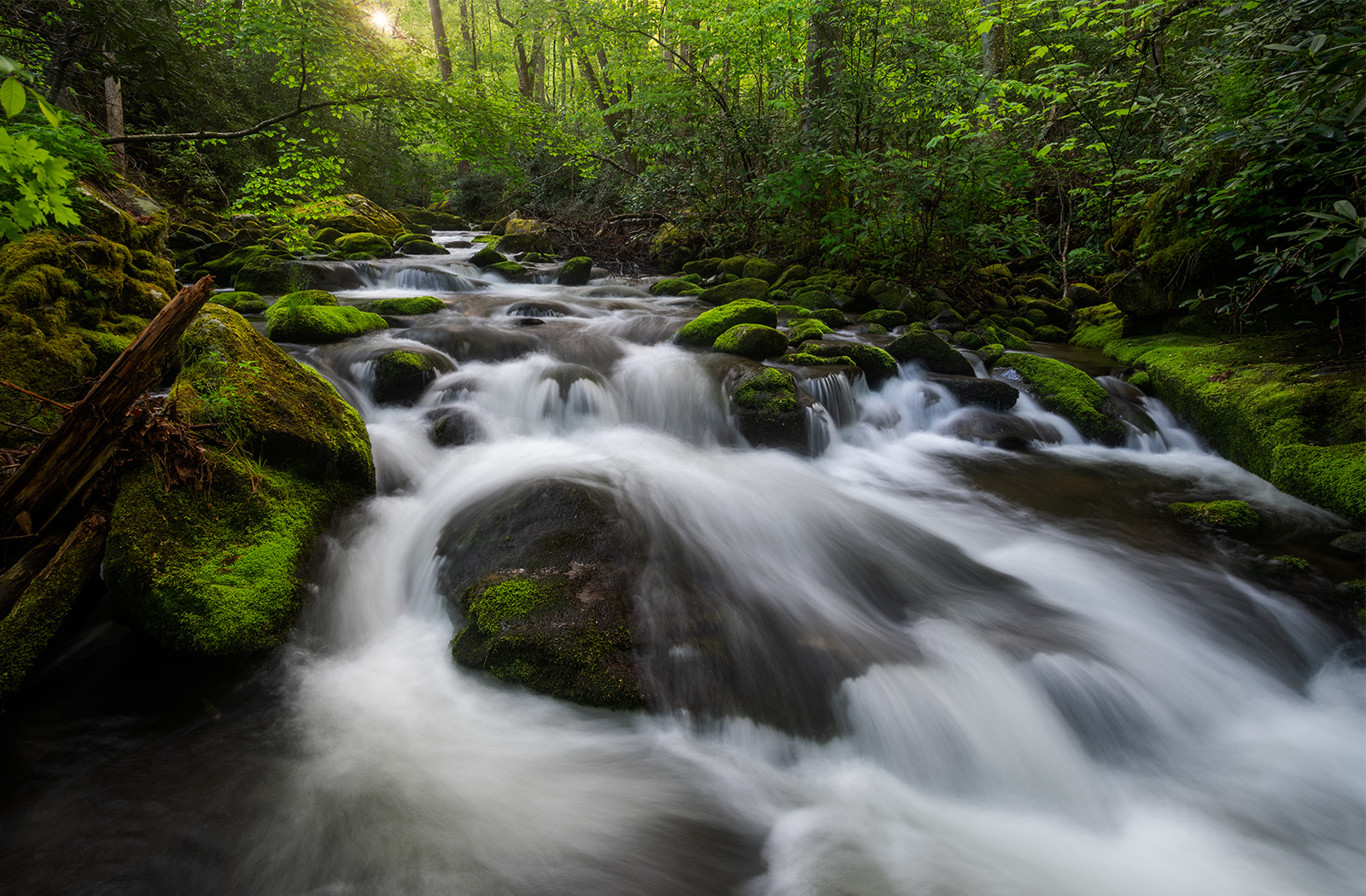


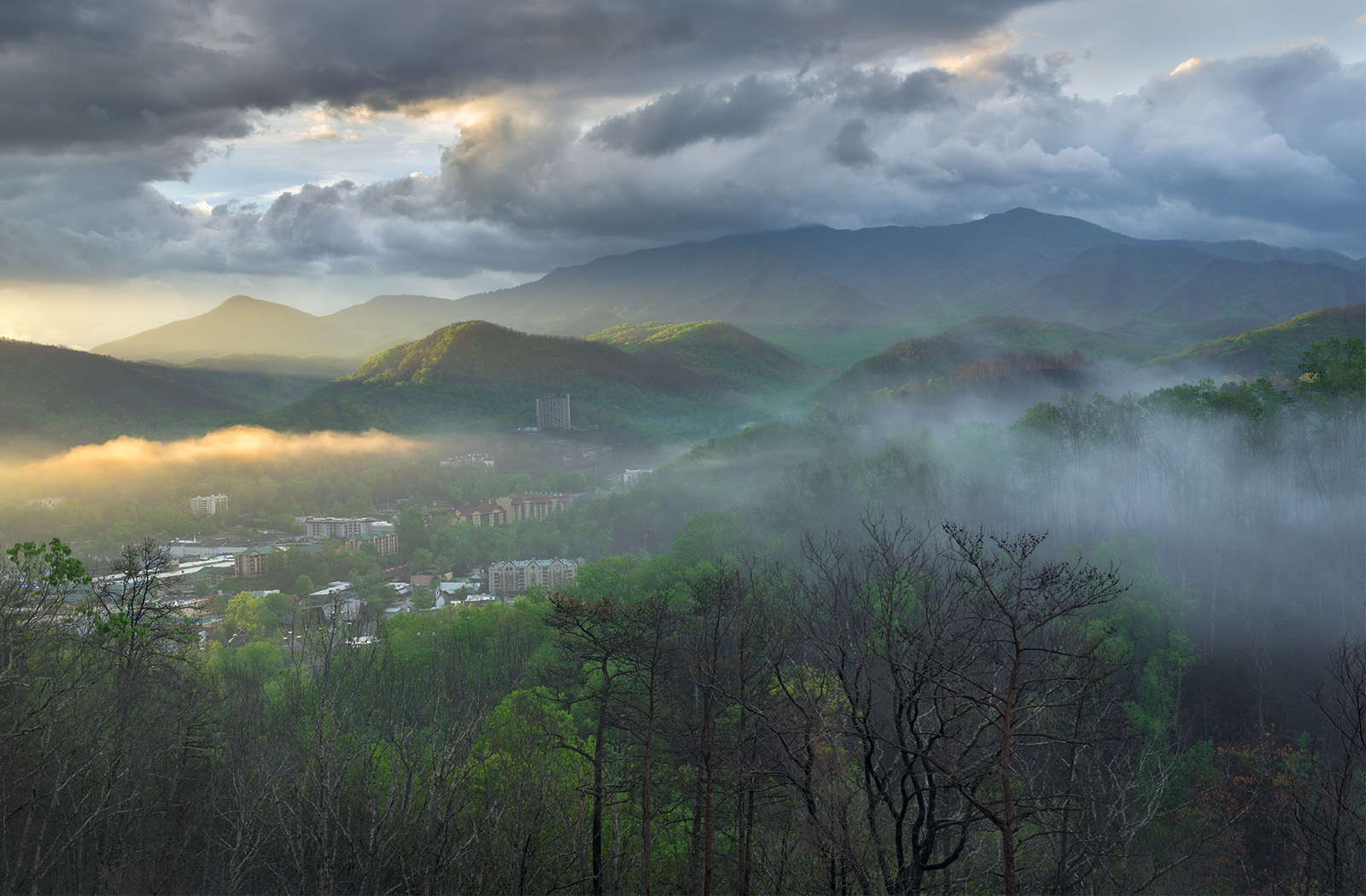

Ready to join me in the Great Smoky Mountains?
Photo adventures give me the freedom to live my dream. If I can show you a new landscape or add depth to a landscape you already know, drop me a line. Let’s get together!
